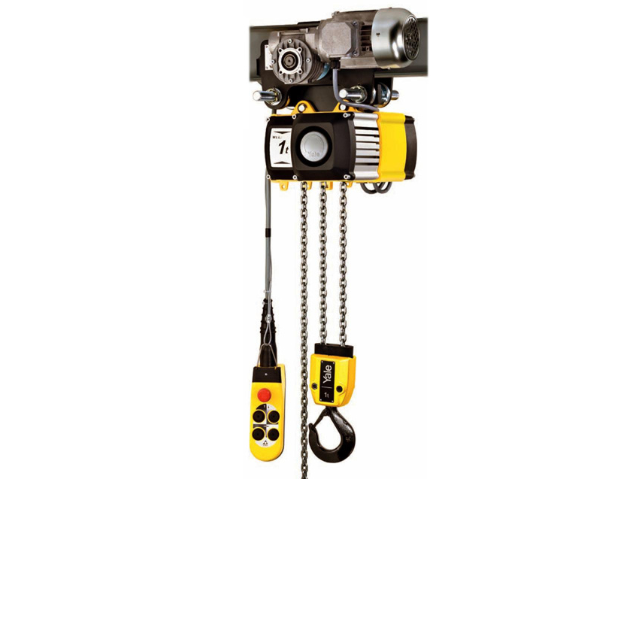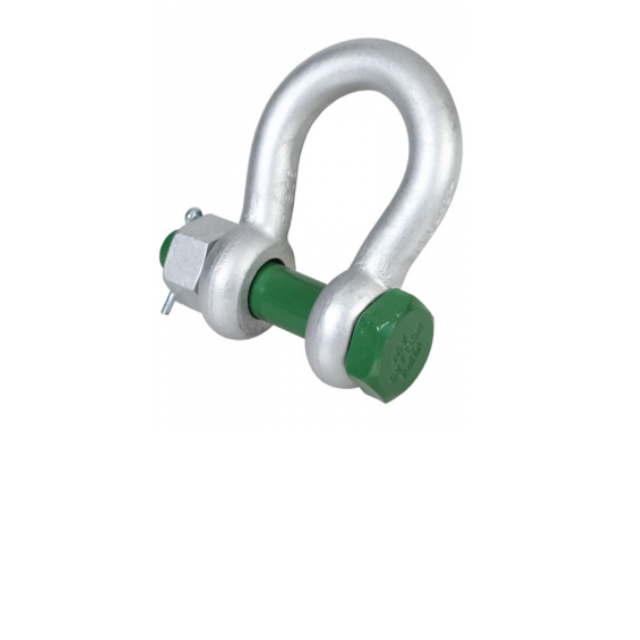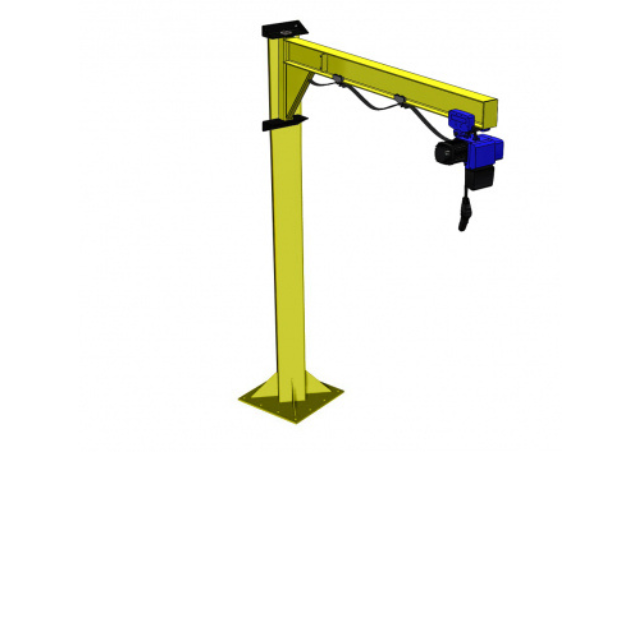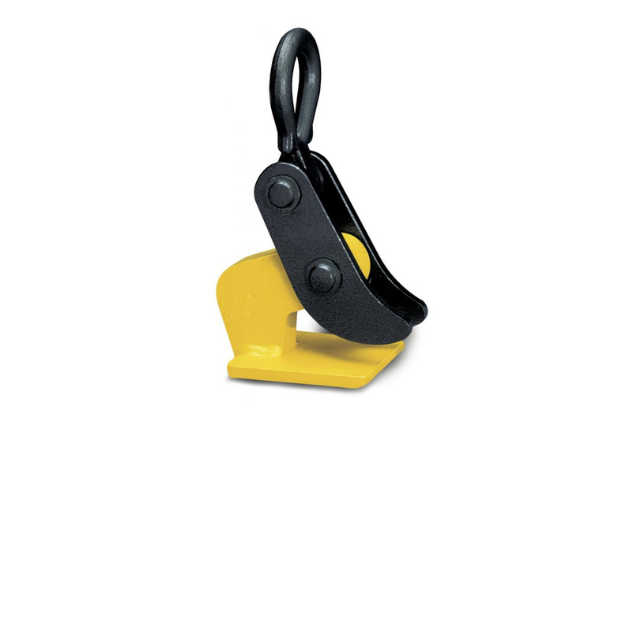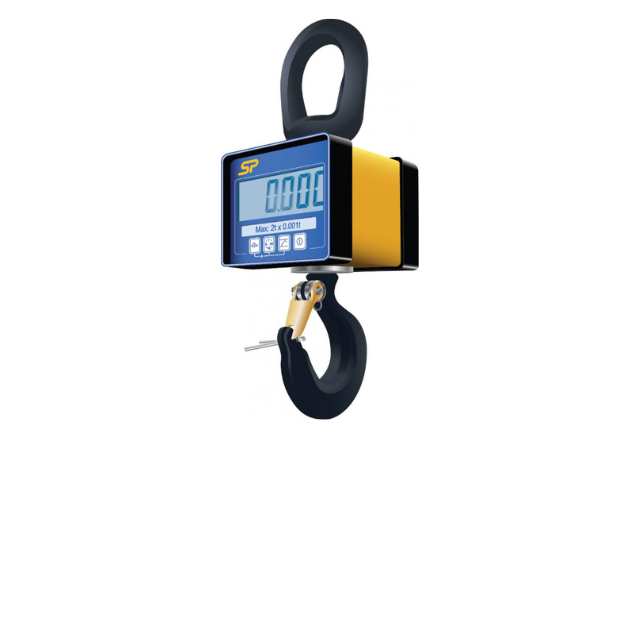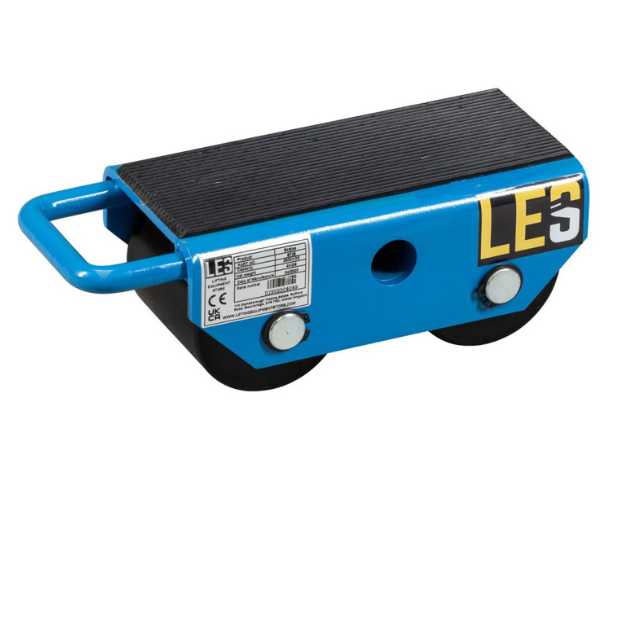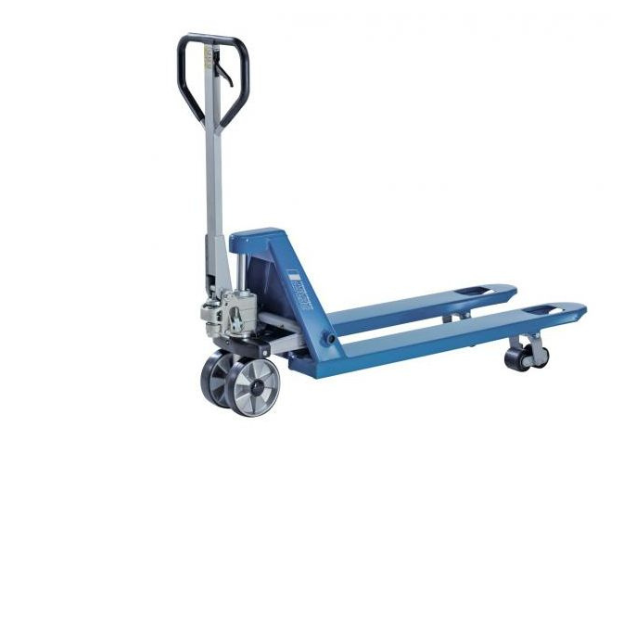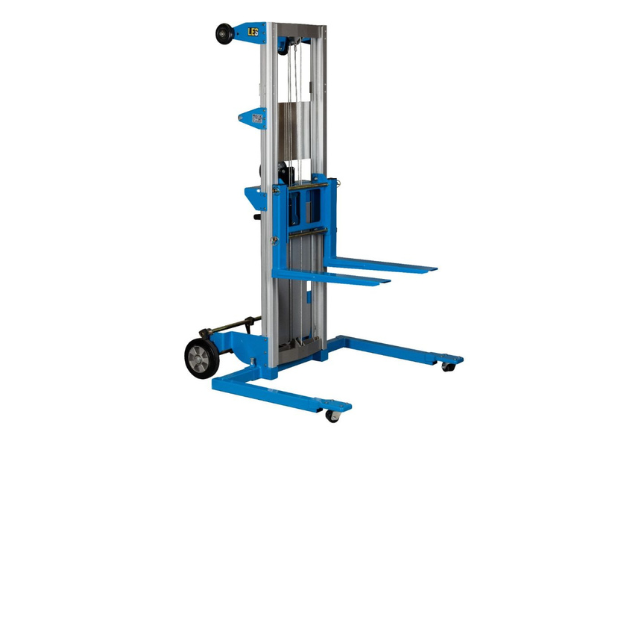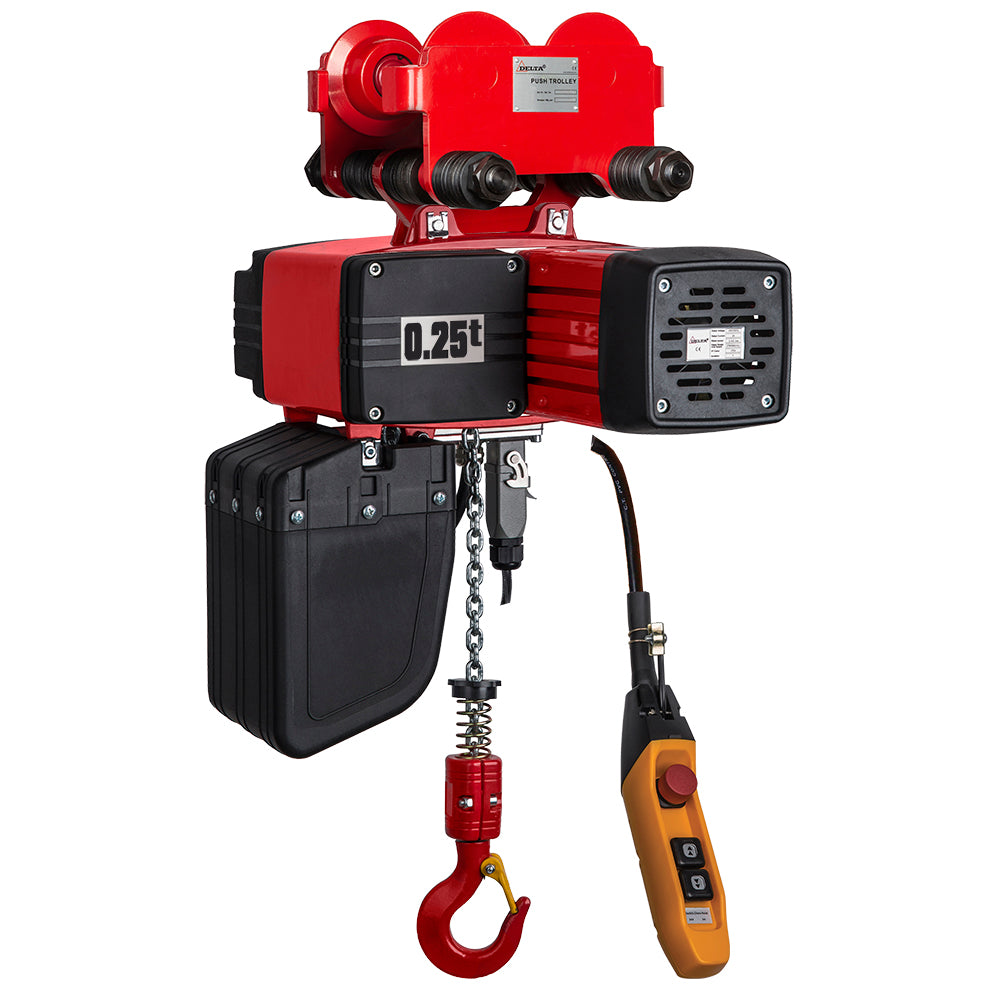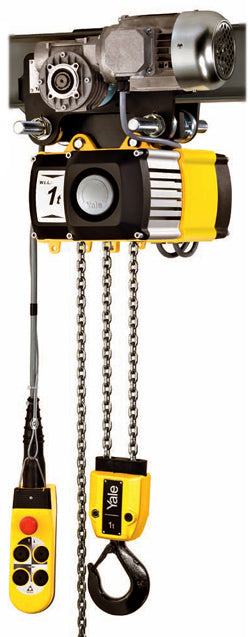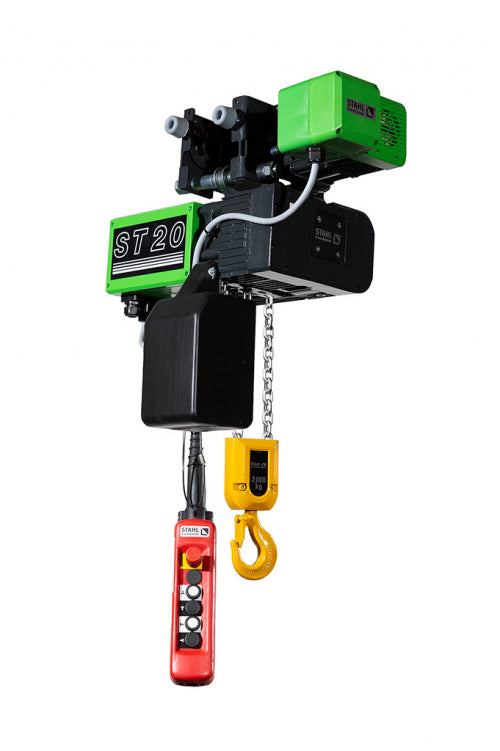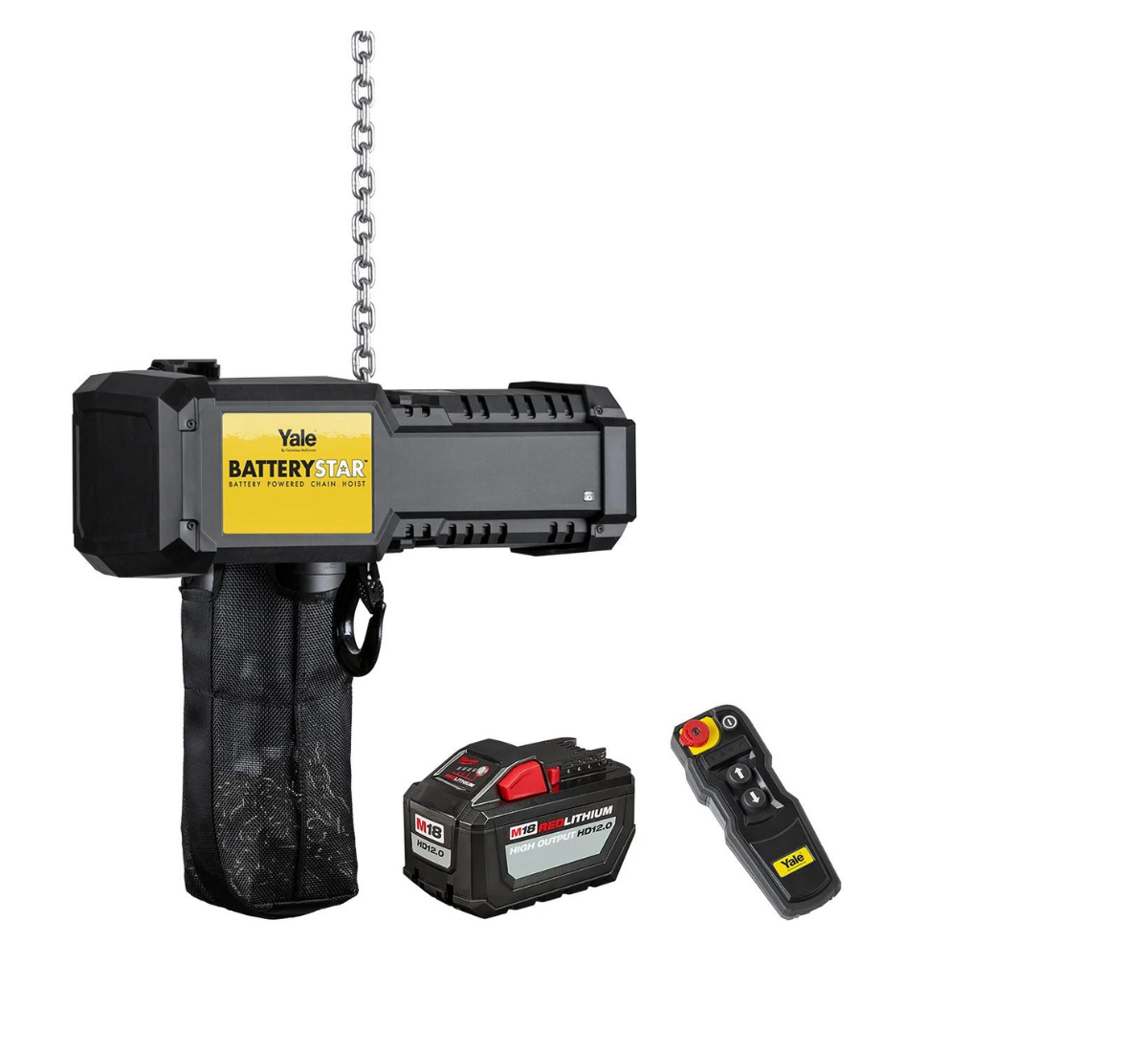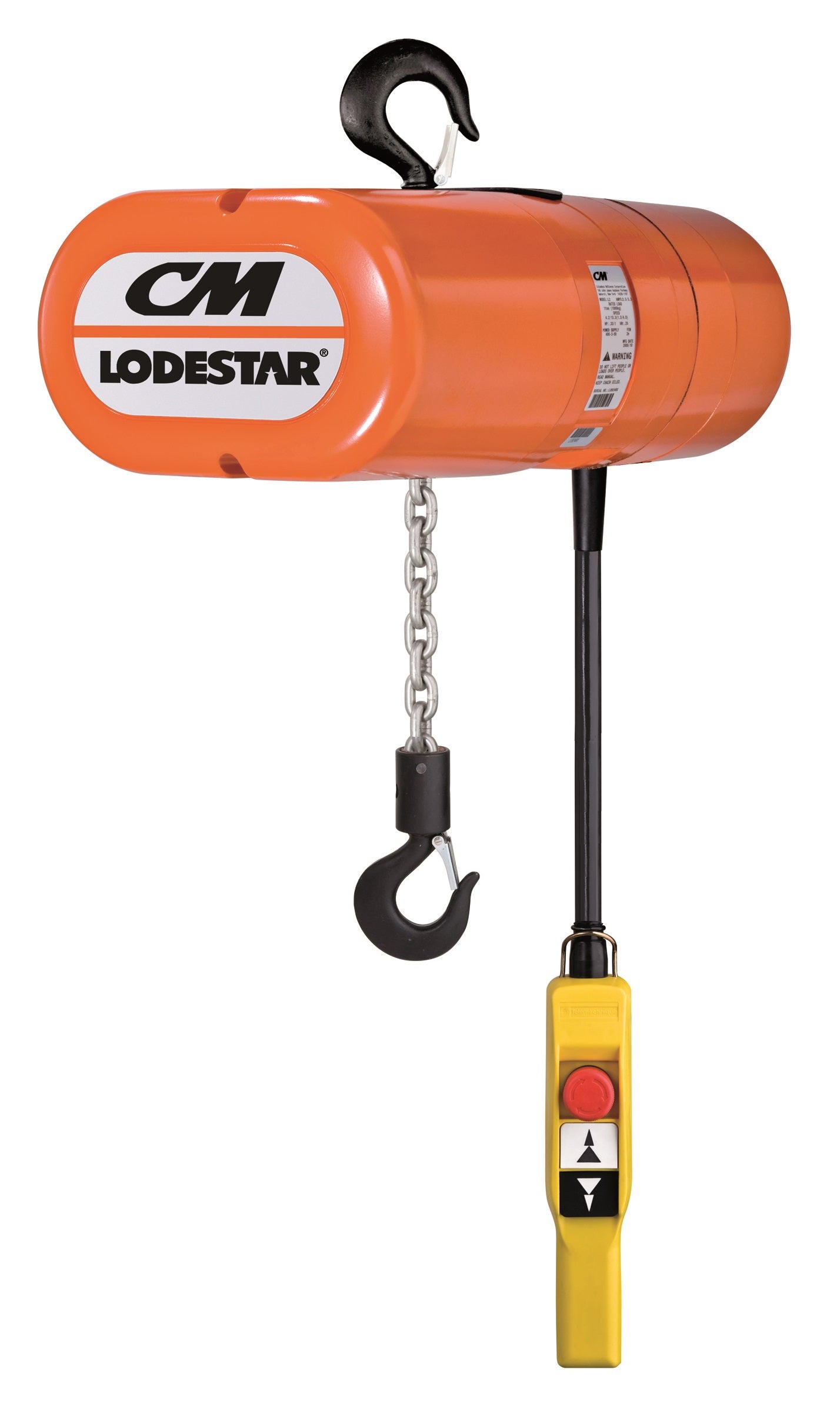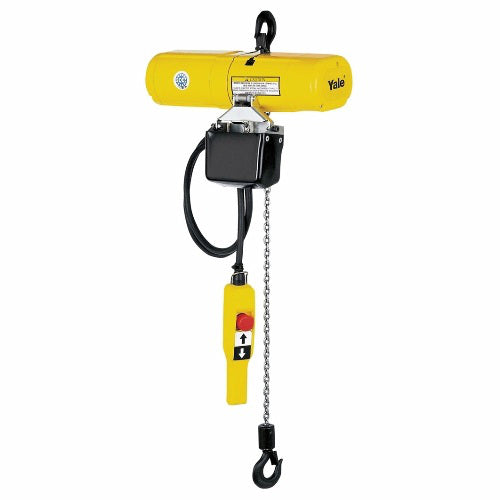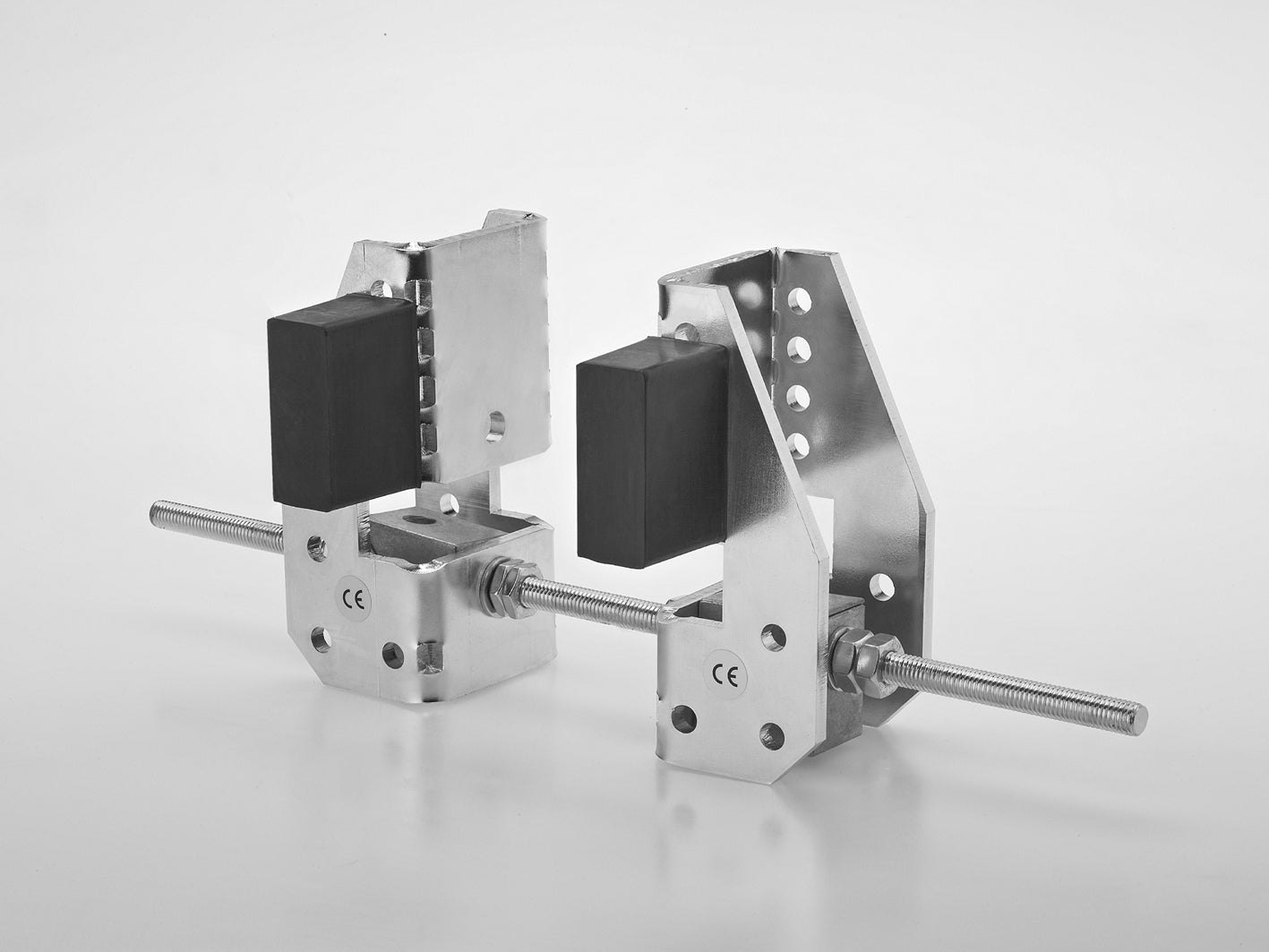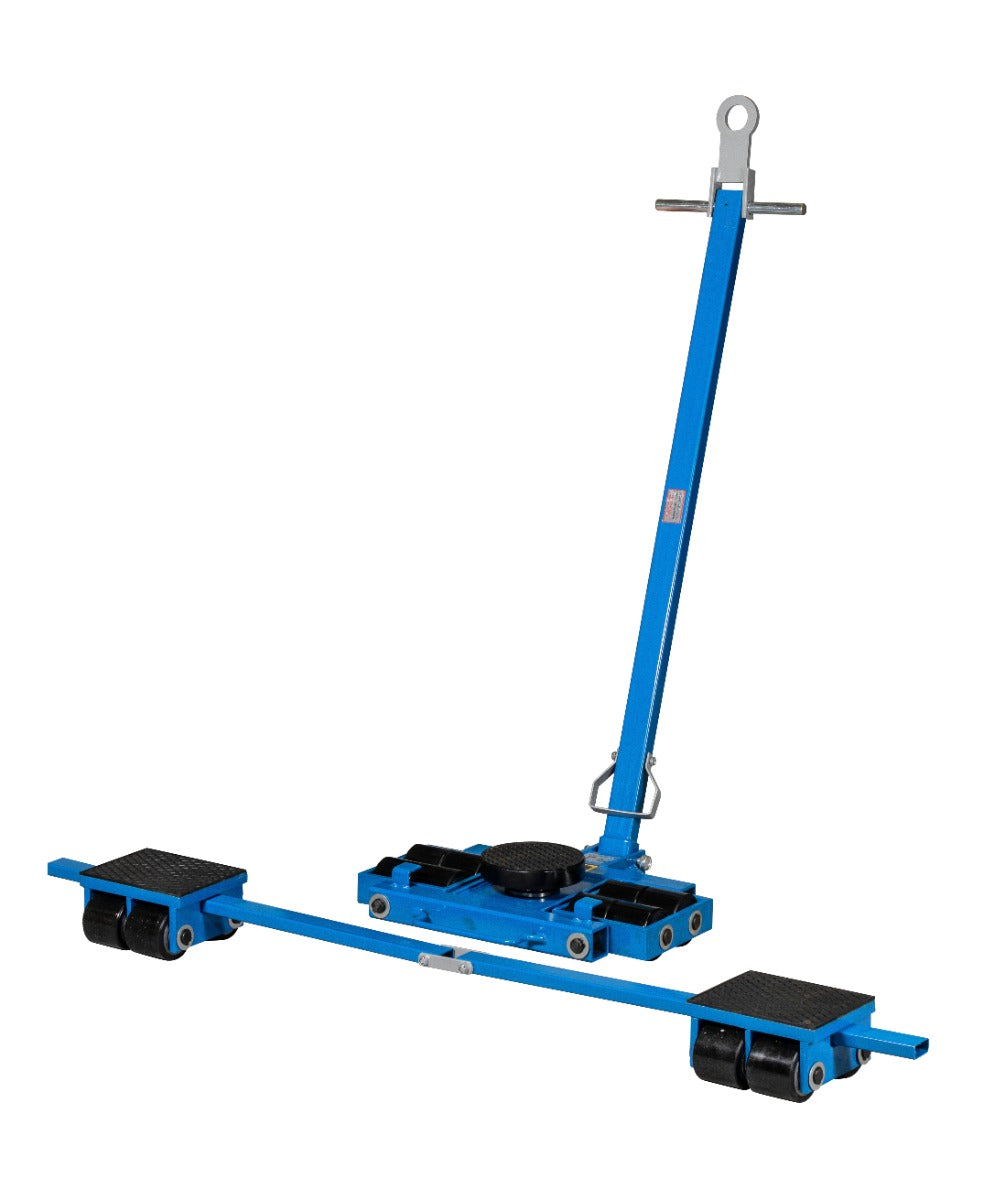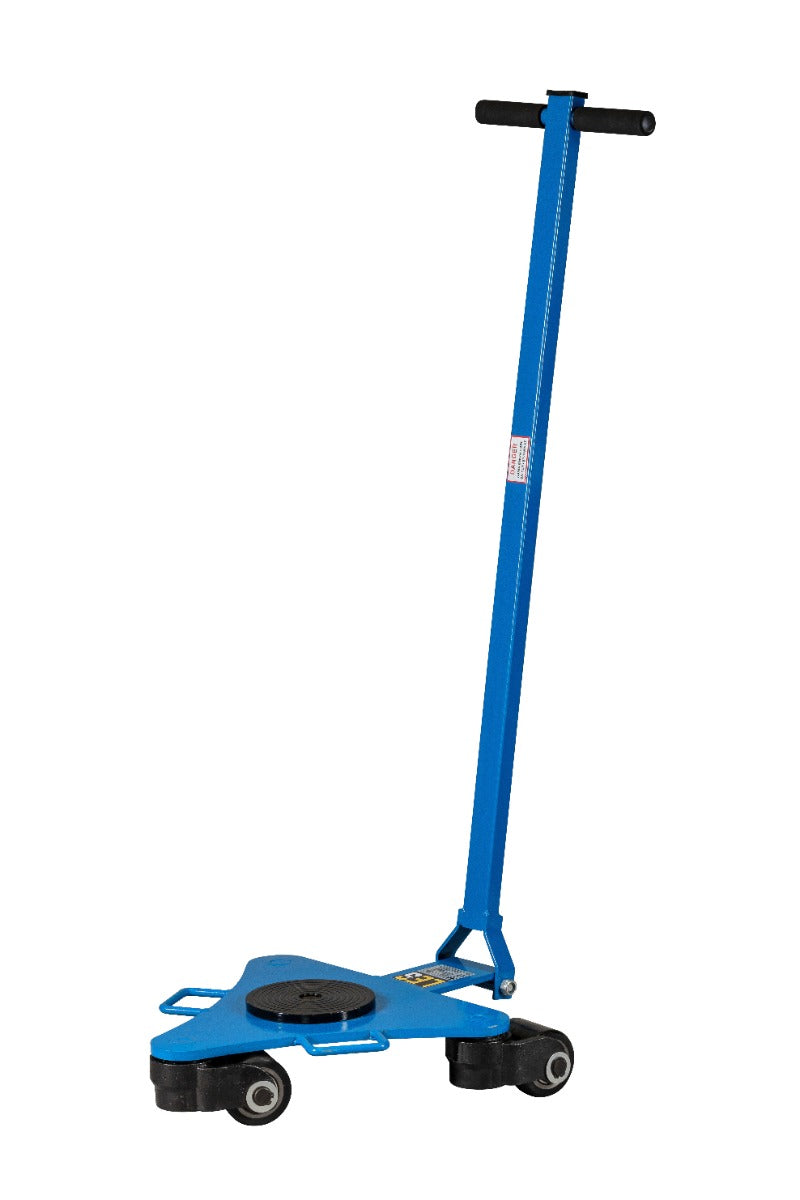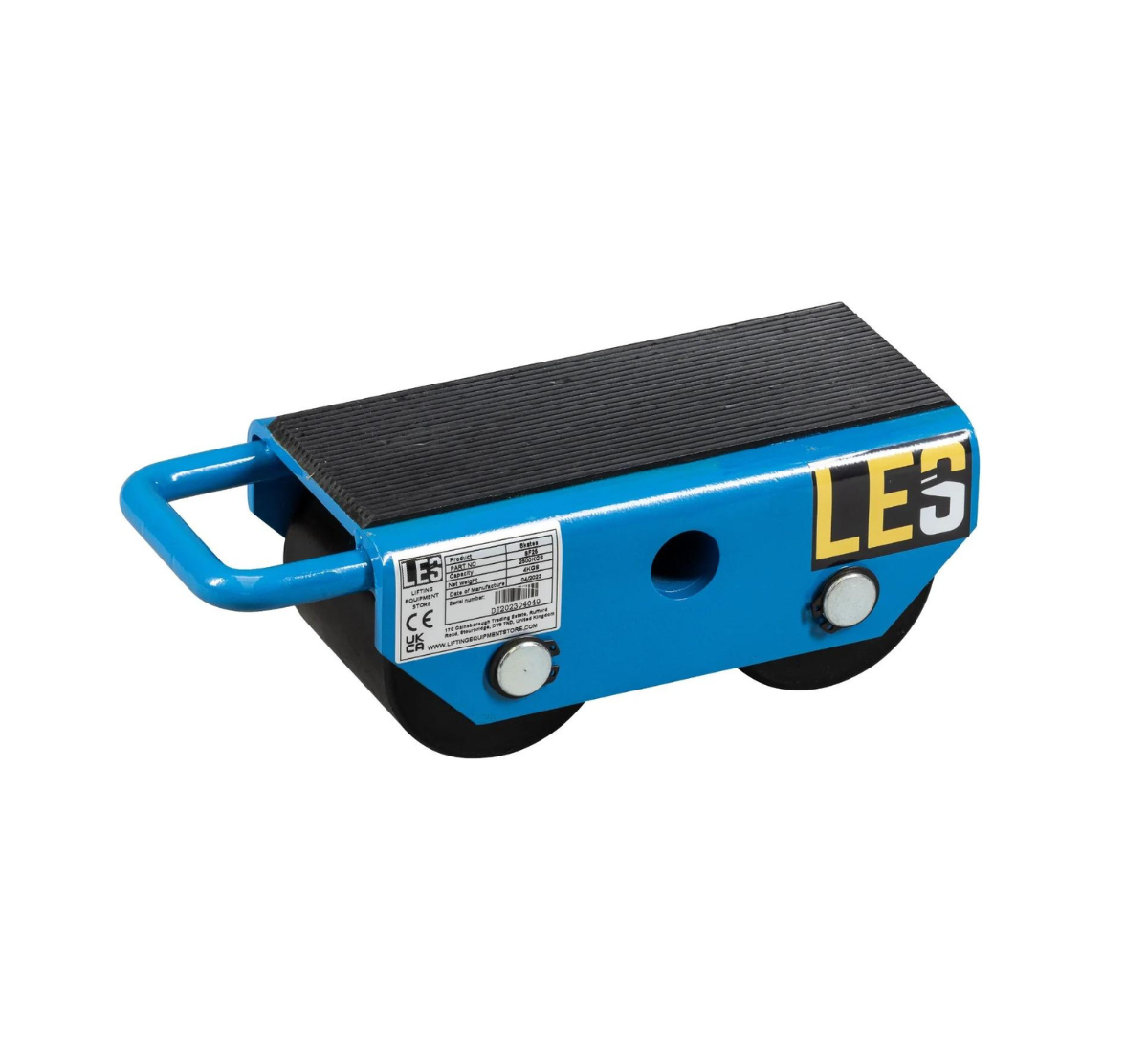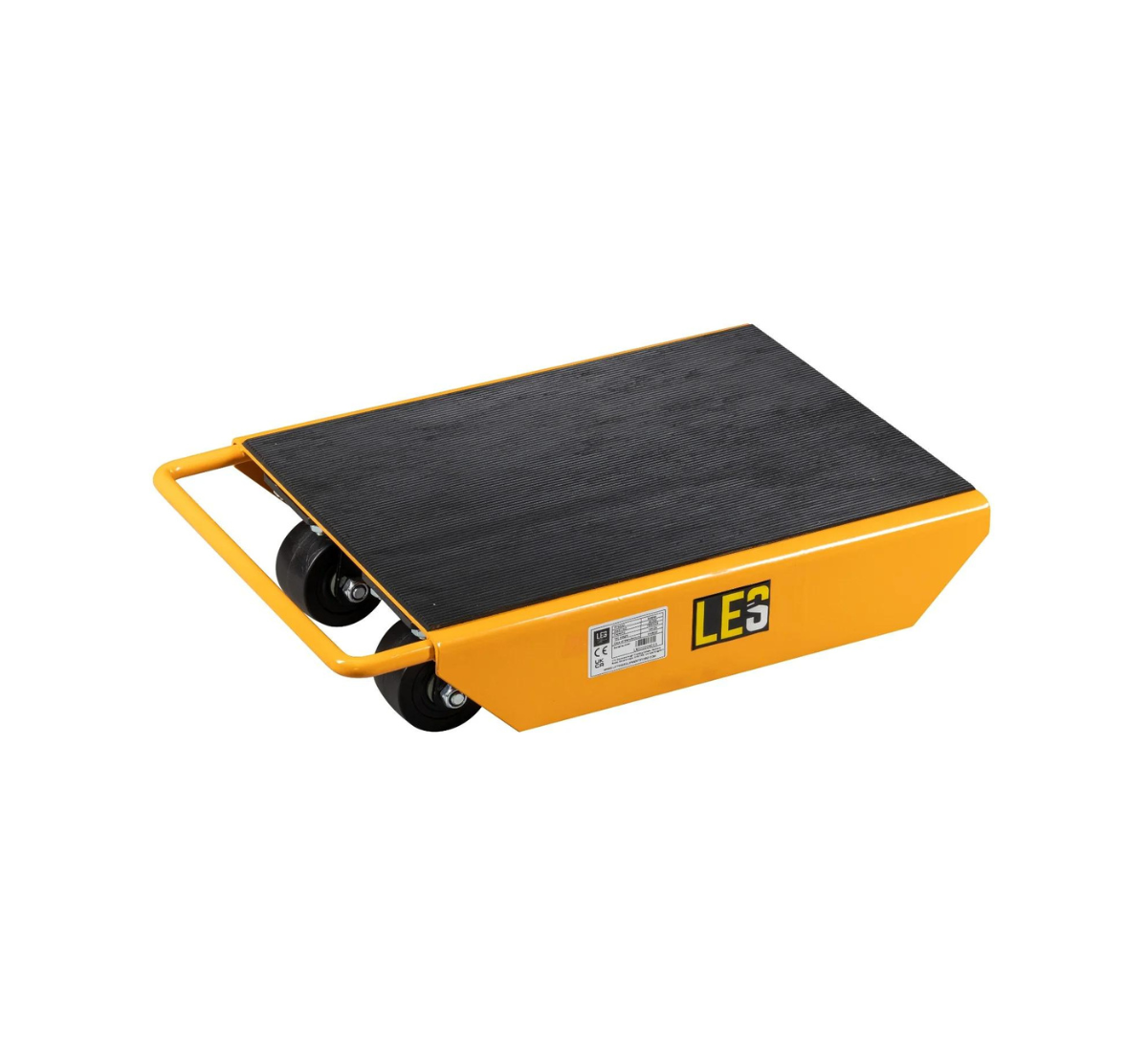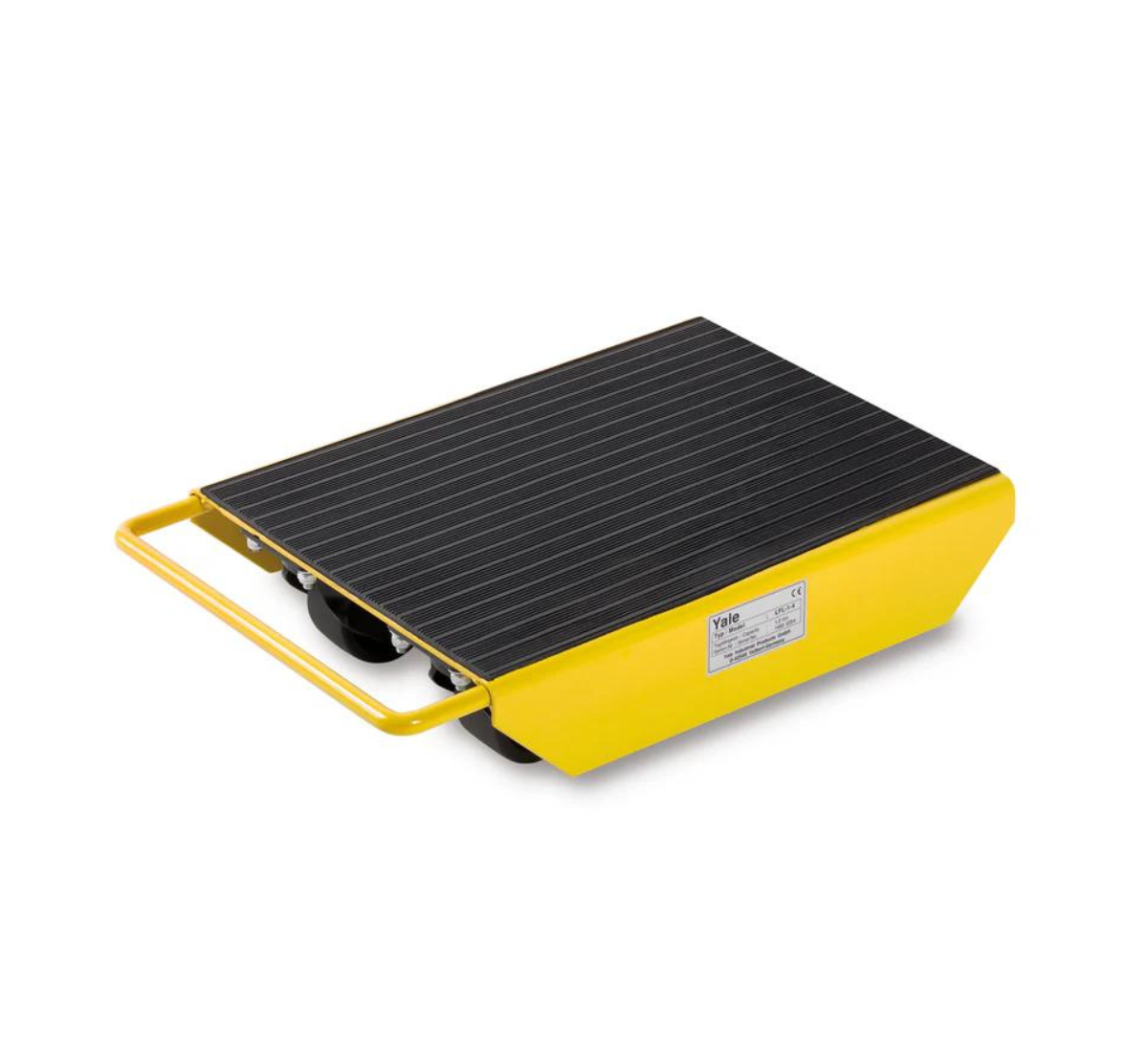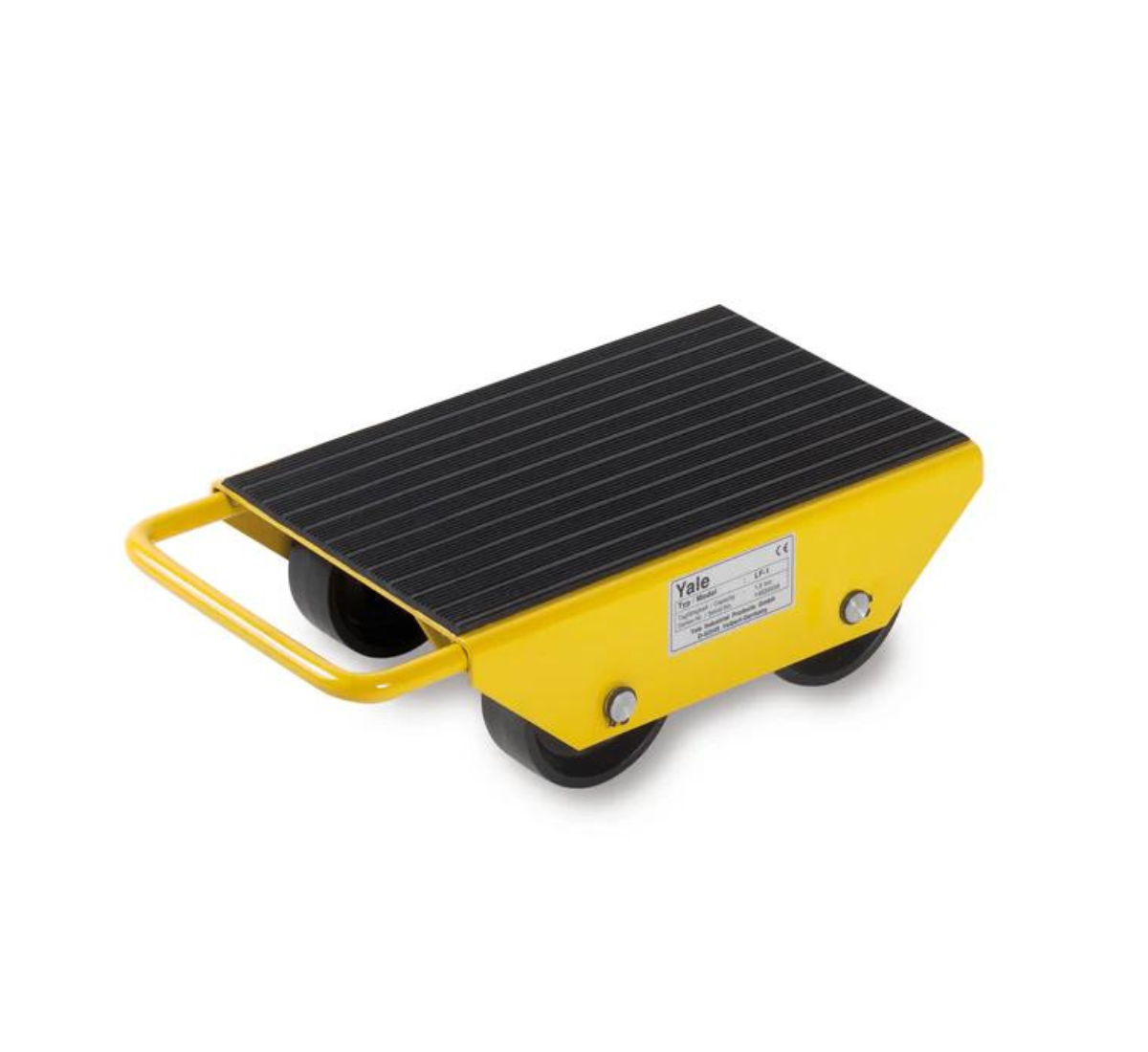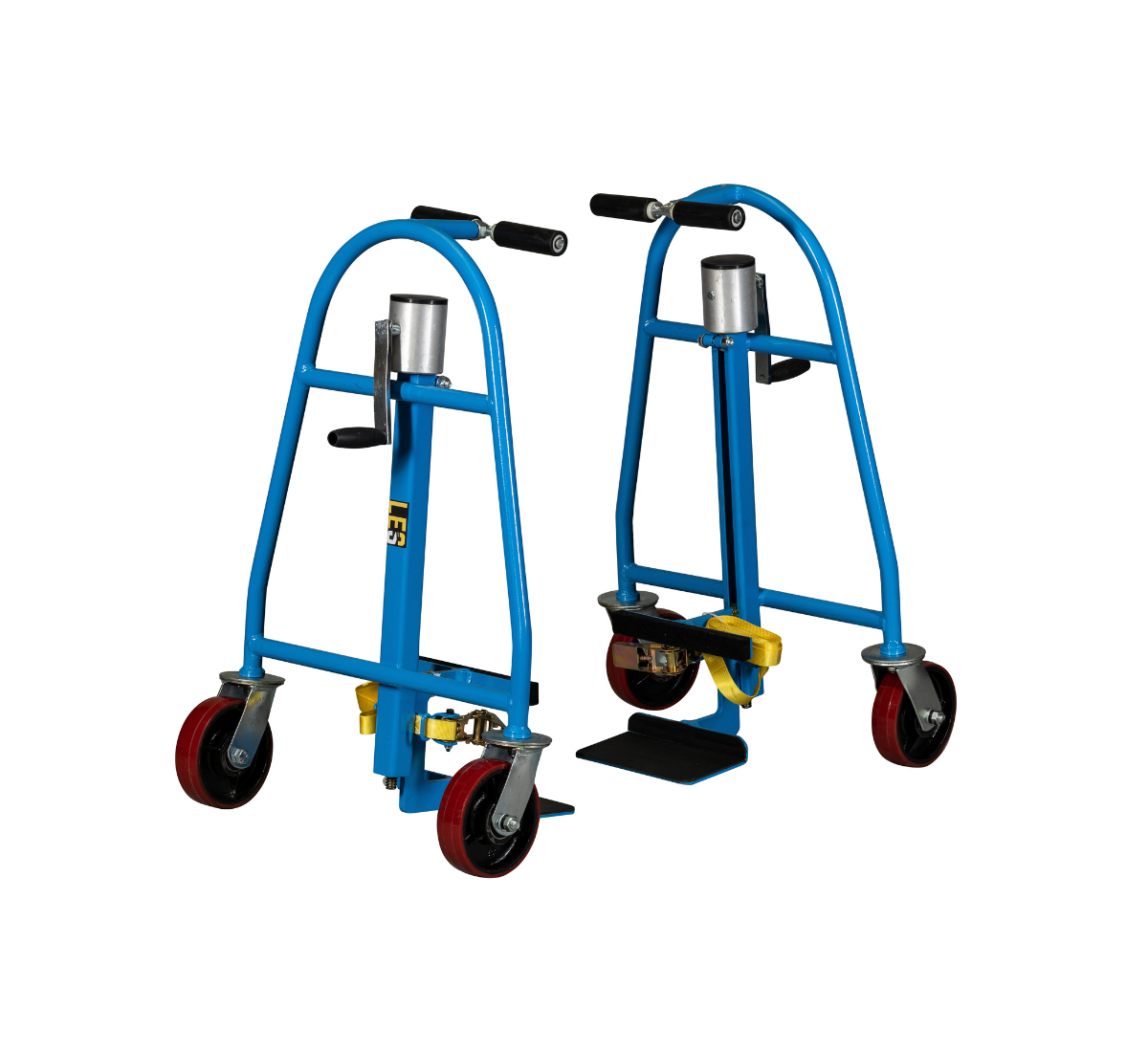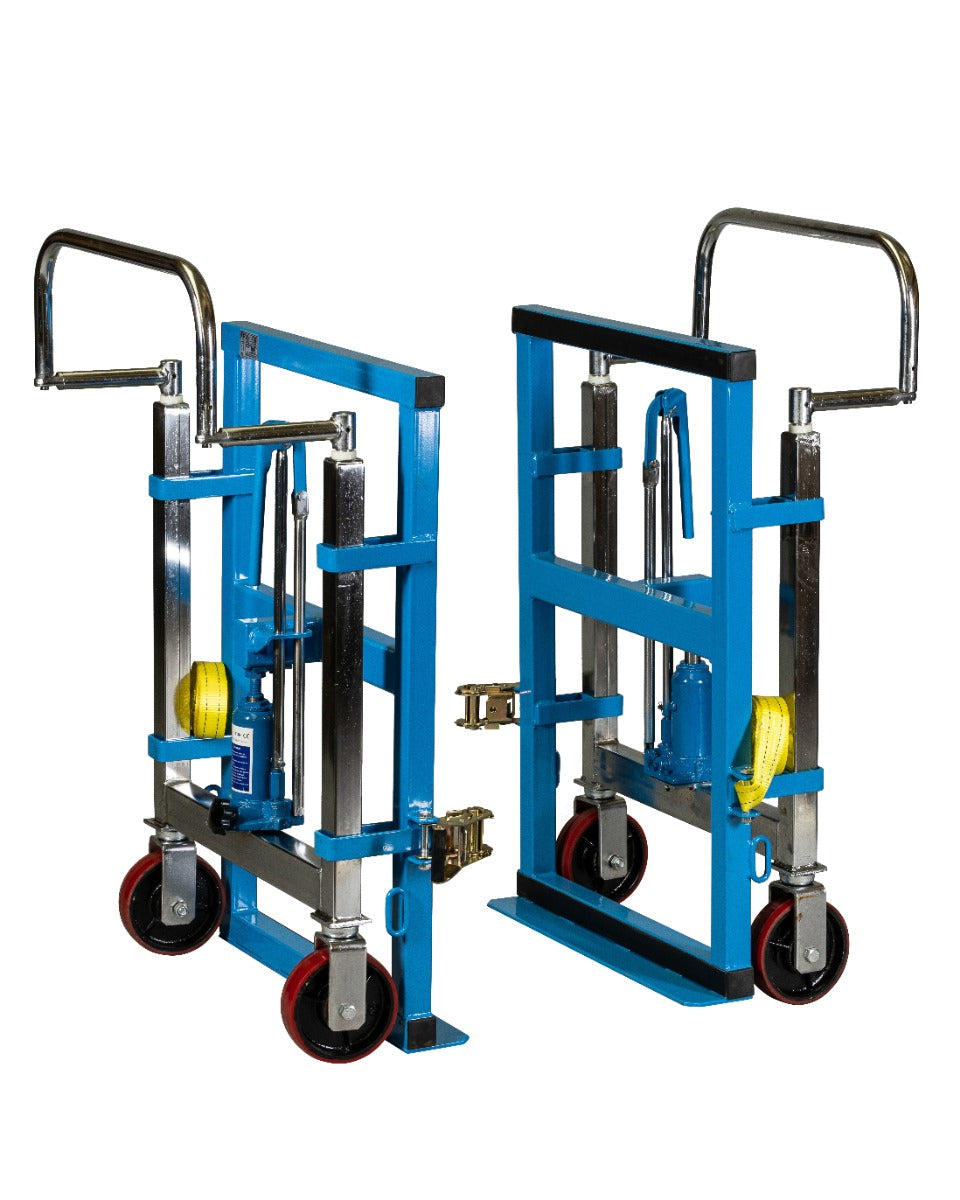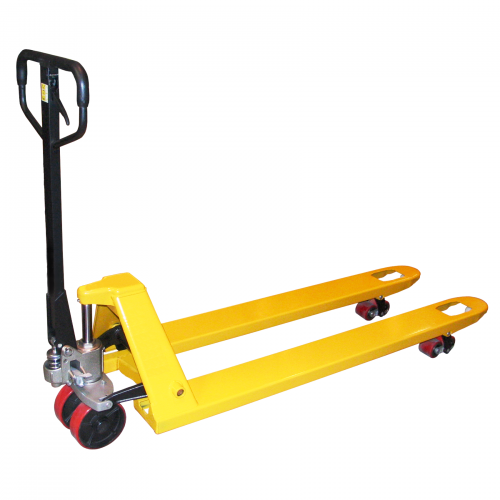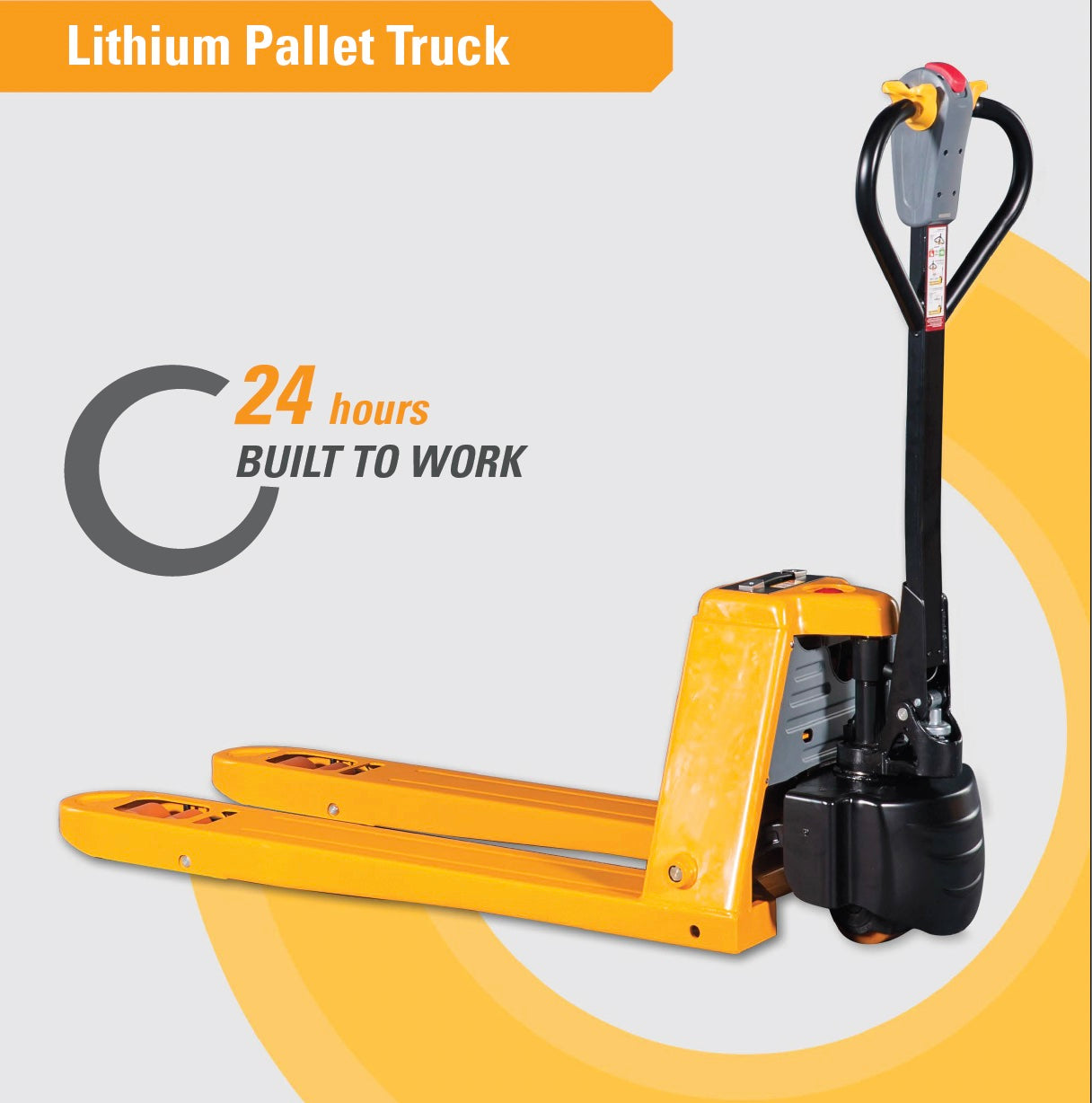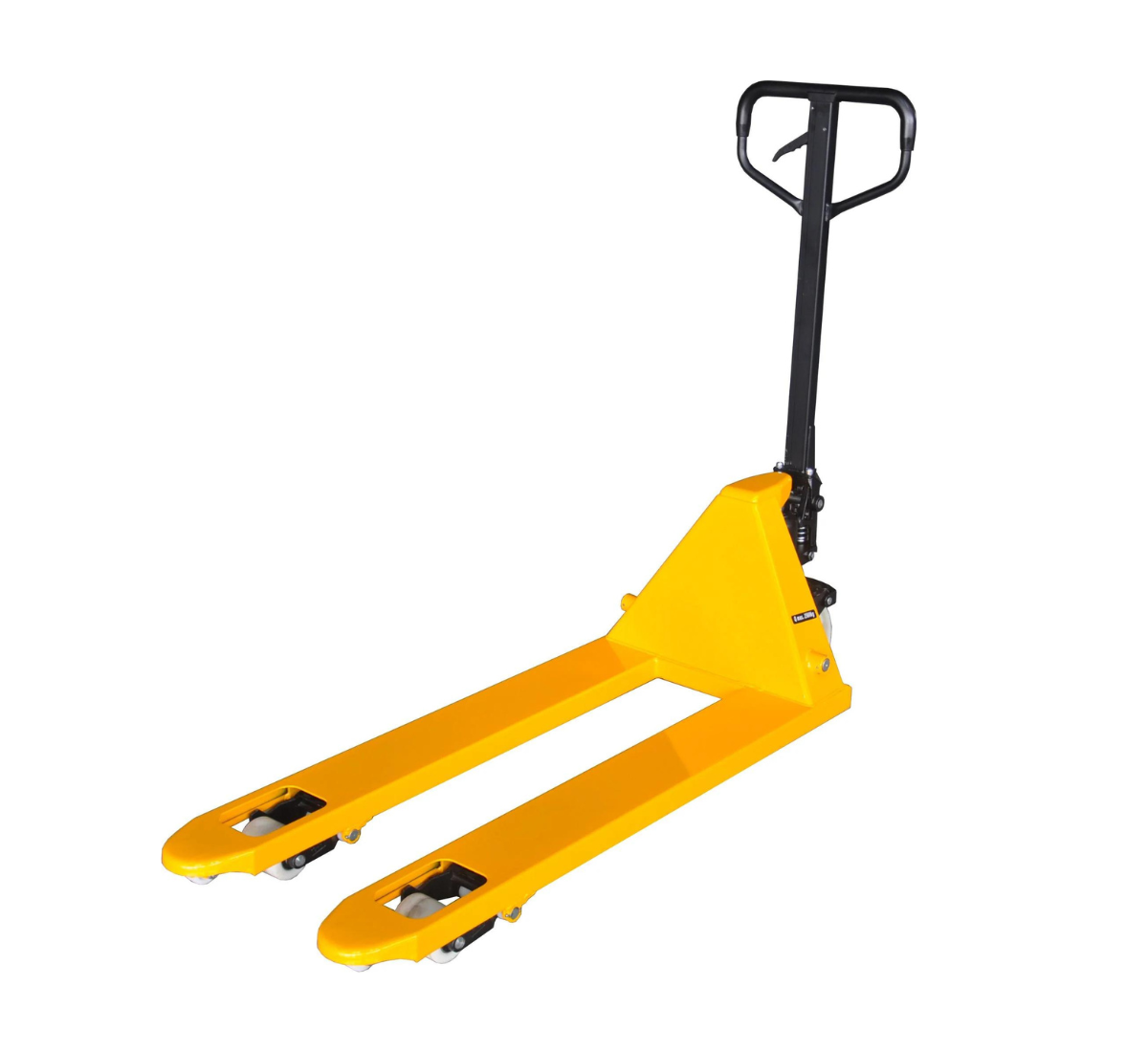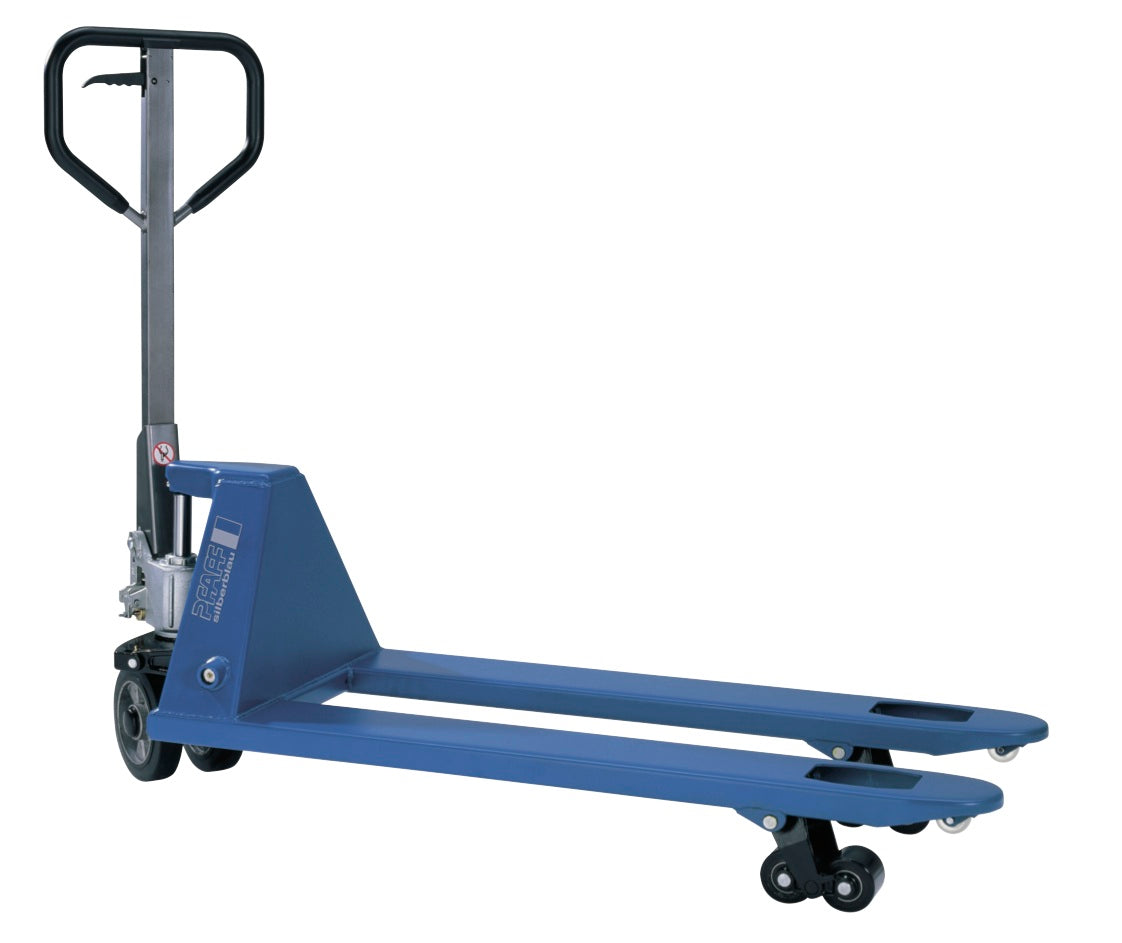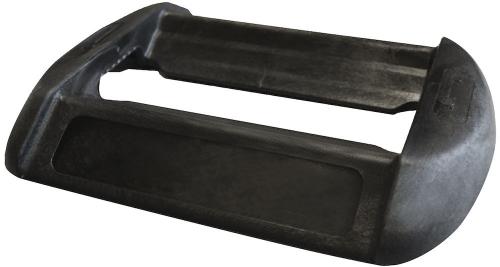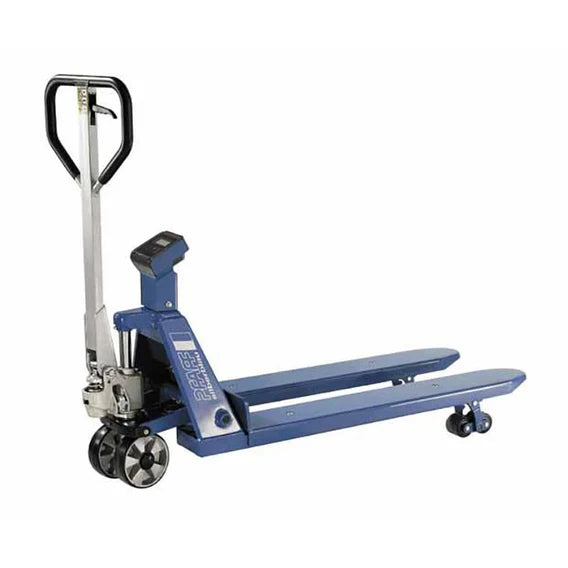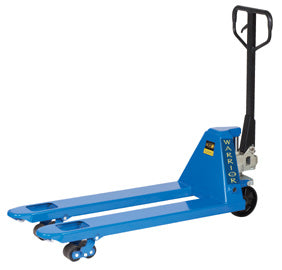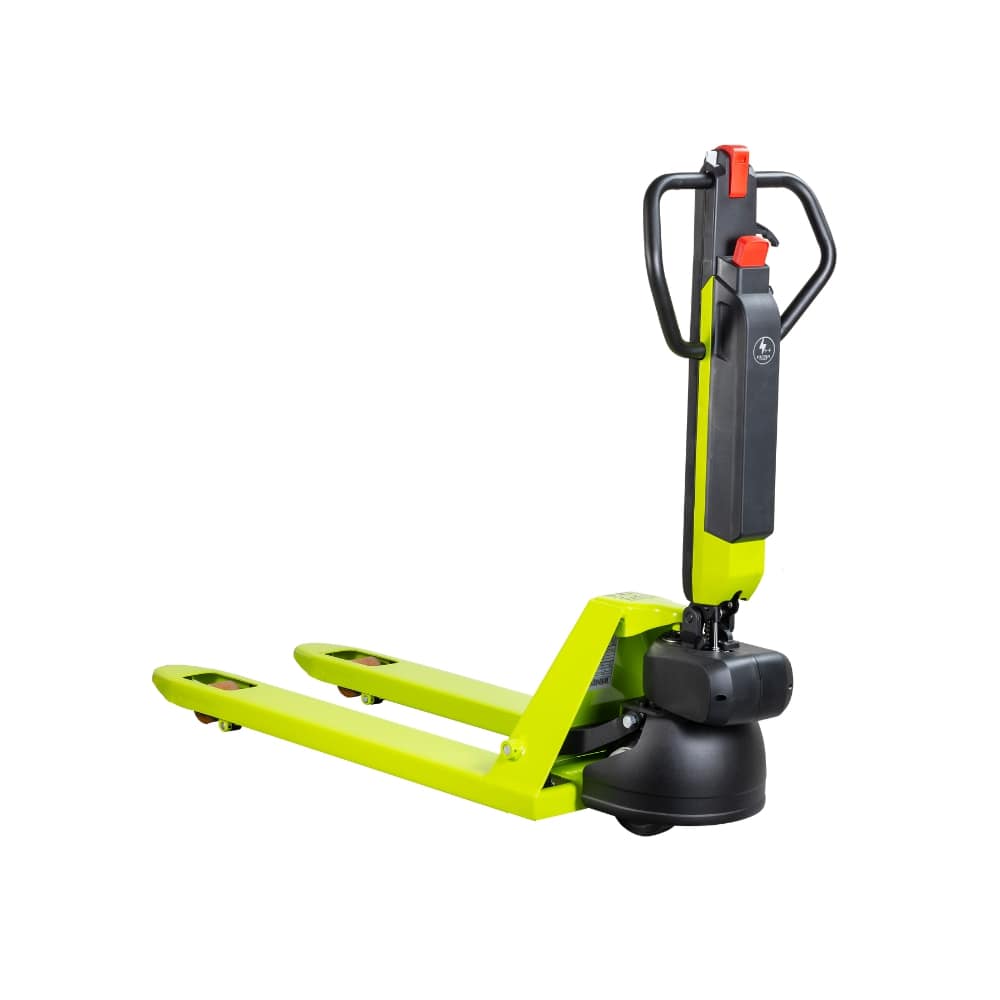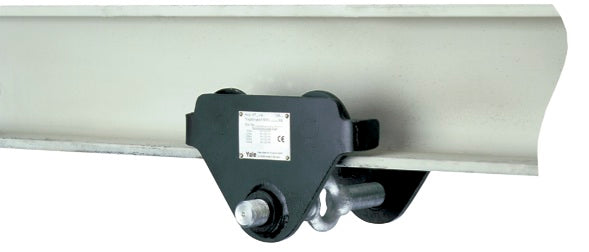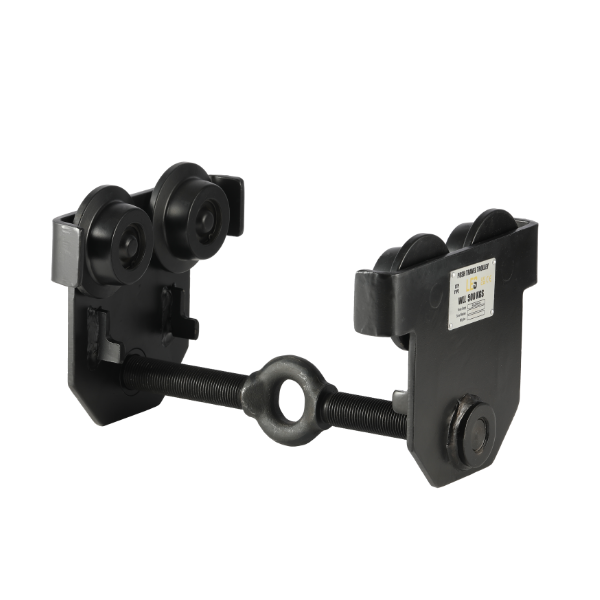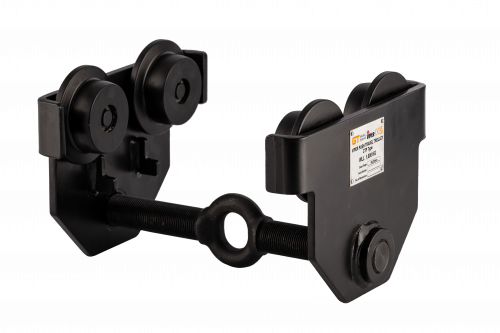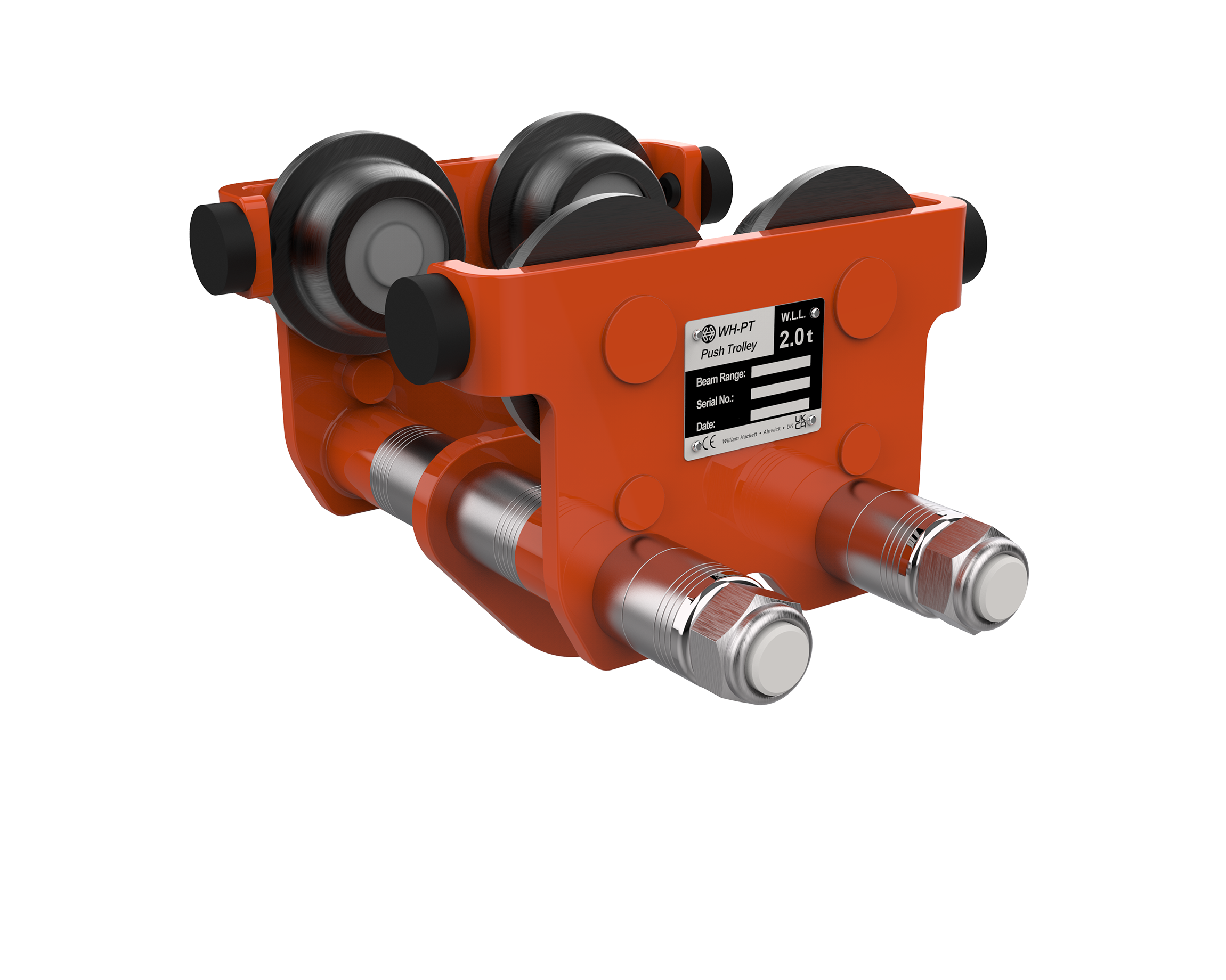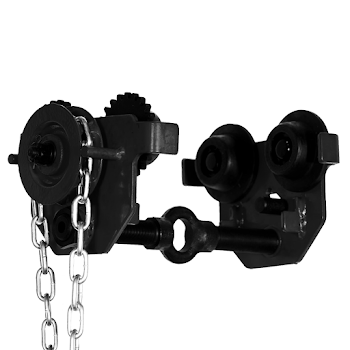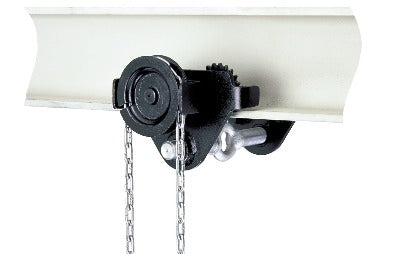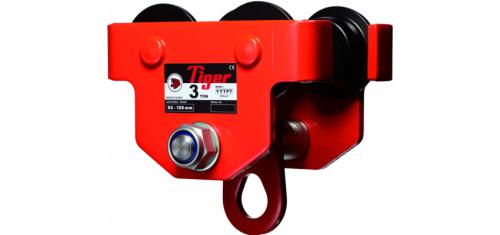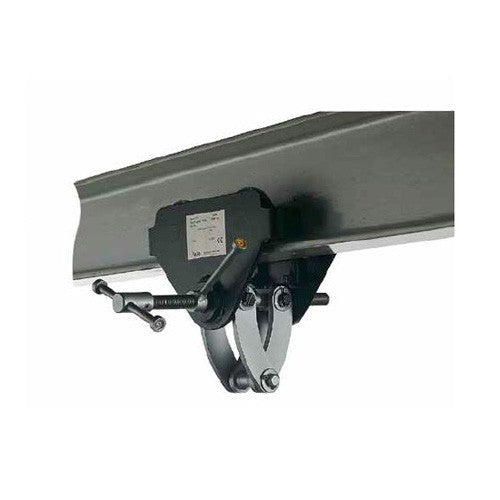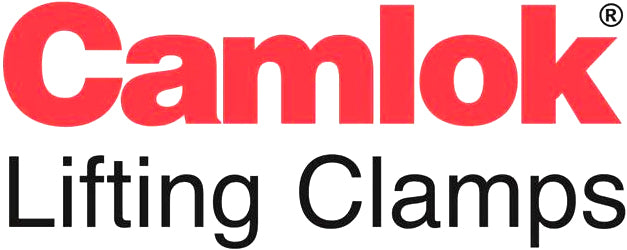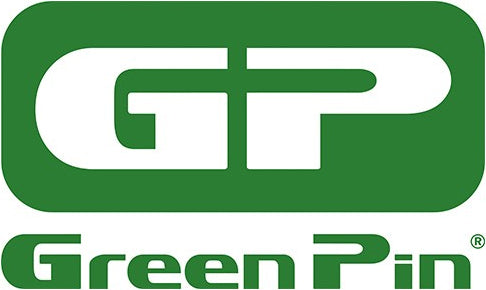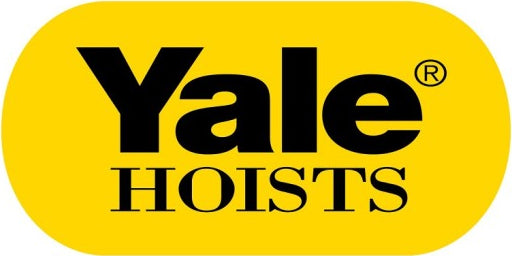Manufacturing
In such a diverse industry, today, lifting equipment helpsto facilitate production methods, driven by efficiency, productivity, andsafety – a long shot from the manual labour manufacturing seen throughouthistory. Modern technologies have transformed manufacturing, continuouslyrevolutionising processes.
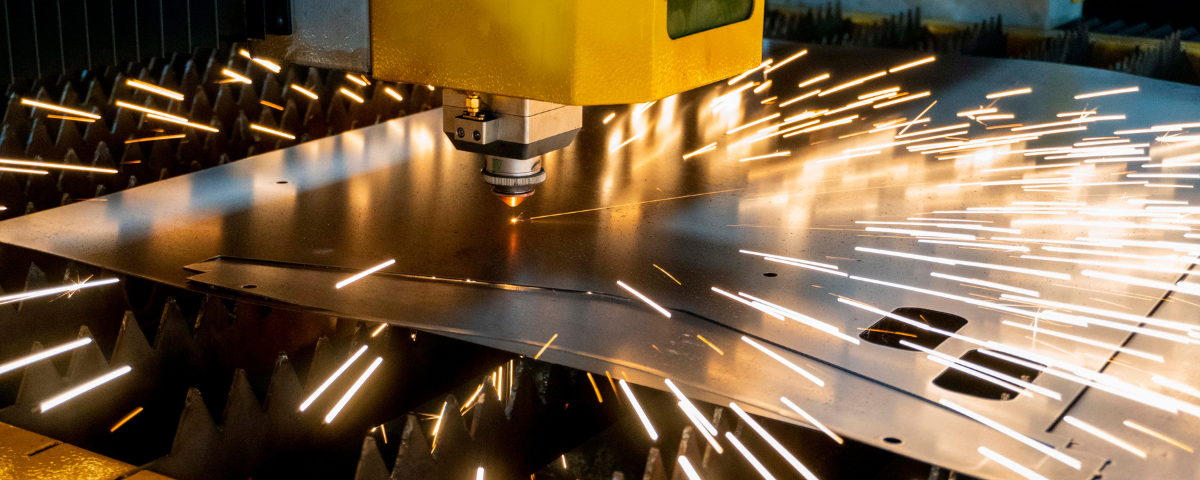
By definition, manufacturing is the making of articles on a large scale using machinery. For centuries, manufacturing has been the backbone of our economy, allowing us to produce all the goods that are essential for our everyday lives.
In such a diverse industry, today, lifting equipment helps to facilitate production methods, driven by efficiency, productivity, and safety – a long shot from the manual labour manufacturing seen throughout history. Modern technologies have transformed manufacturing, continuously revolutionising processes.
Lifting Equipment in Manufacturing
Lifting equipment has had a profound impact on manufacturing processes over the decades, with facilities now more reliant that ever if they are to achieve their efficiency and productivity goals. Production lifecycles need to be shorter, costs need to be lower, and environments need to be safer.
So, what type of lifting equipment is commonly seen in manufacturing facilities across the globe?
Overhead Cranes:
Also referred to as bridge cranes or jib cranes, this type of equipment is essential in manufacturing settings. Robustly designed allowing for the horizontal traversing along a overhead runway system, they aid in the precise positioning and movement of heavy loads within a facility. Available in a wide range of configurations and safe working loads. Solutions can be tailored to your specific needs.
Forklifts & Industrial Trucks:
One of the true heroes of manufacturing facilities, forklifts equipped with the right equipment can lift, carry, transport, stack loads ranging from boxes and pallets to components and delicate finished goods. A diverse range of manual, electric, and pneumatic options are available.
Hoists & Winches:
Hoists and winches are often used for vertical lifting applications. Choose from manual, pneumatic, or electric version, all of which allow excellent control and grip of heavy loads.
Vacuum Lifters:
Typically less common, vacuum lifters facilitate the careful handling of fragile goods such as glass, as well as the movement of irregularly shaped objects. Utilising suction cups to securely grip loads, these devices are highly useful in electronics production, glass manufacturing, and automotive assembly – basically anywhere that requires a delicate hand.
Personal Protective Equipment:
Arguably the most important of them all is wearing the correct PPE for the job. Items such as safety harnesses, googles, gloves, and helmets will assist in keeping operators safe. We advise in familiarising yourself with current legislation, as much of it is mandatory.
THE LAWS
In the UK, the use of lifting equipment is closely governed by a comprehensive regulatory framework designed to ensure the safety of workers and prevent workplace accidents.
The primary legislation relating to lifting equipment in the workplace is LOLER 1998 and PUWER 1998, both imposing legal duties on employers, equipment operators, and equipment suppliers.
But in addition to LOLER and PUWER, other regulations may apply to specific types of lifting equipment or activities undertaken in the workplace. For example, the Health and Safety at Work Act 1974 imposes a general duty on employers to ensure the health and safety of onsite personnel.
Compliance to all relevant legislation is mandatory, so please take some time to understand the regulations should you not be familiar.
